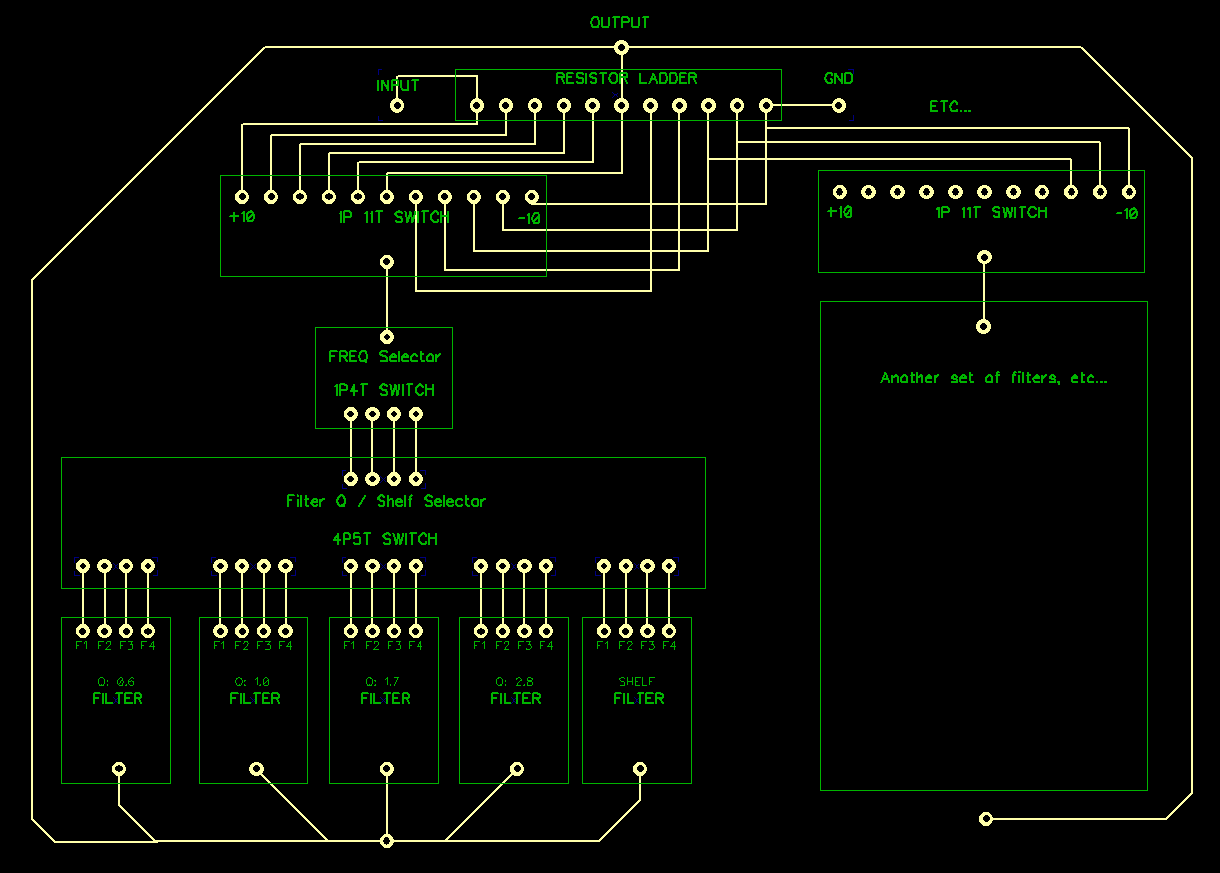ruffrecords
Well-known member
It is definitely not dead. I had a lead customer who was paying for the materials and driving the specification. I won't go into details but suffice to say that relationship has now ended and I have returned their money.
The good news is that during testing I realised the 10dB range version tries to satisfy too many (non mastering ) requirements which makes including some features difficult. So, bottom line is we are now back a few squares and resetting back to the 6dB version so basically it is 0.5dB steps all the way.
Now I have sent off the Gerbers for the first poor man's tube mixer PCB I might even have a little time to look at the mastering EQ.
Cheers
Ian
The good news is that during testing I realised the 10dB range version tries to satisfy too many (non mastering ) requirements which makes including some features difficult. So, bottom line is we are now back a few squares and resetting back to the 6dB version so basically it is 0.5dB steps all the way.
Now I have sent off the Gerbers for the first poor man's tube mixer PCB I might even have a little time to look at the mastering EQ.
Cheers
Ian


































